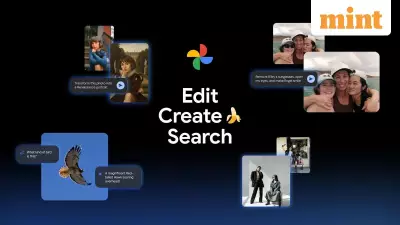
The Legal Reckoning: AI Companies Face Copyright Battles
This week marked a significant turning point for the artificial intelligence industry as a German court delivered a landmark ruling against OpenAI, the company behind ChatGPT. The court ordered the AI giant to pay undisclosed damages for using copyrighted music without obtaining proper permissions from relevant organizations.
This legal setback follows another massive blow to the AI industry in September, when Anthropic, creators of the Claude AI model, agreed to a $1.5 billion settlement with authors whose copyrighted works were allegedly pirated to train their AI systems. The class-action lawsuit against Anthropic claimed the company had used over 7 million pirated books without authorization.
The legal challenges extend beyond these two cases. The OpenAI lawsuit was filed by an organization representing 100,000 lyricists, music producers, and composers, highlighting the widespread concern among creative professionals about AI companies using their work without compensation.
The Staggering Financial Implications
The scale of potential liability facing these companies is astronomical. Anthropic was theoretically facing up to $1 trillion in damages – approximately 1,000 times more than their eventual $1.5 billion settlement. When compared to the company's projected $10 billion revenue for 2025, the settlement represents a significant financial hit, but far less than what could have been demanded.
These legal battles raise crucial questions about the true cost of Generative AI. Currently, OpenAI's ChatGPT offers its cheapest paid plan at Rs 399 per month in India, while Anthropic's Claude costs $17 per month internationally. If companies were forced to pay fair market value for all copyrighted material used in training, these subscription costs could increase dramatically.
What would happen if Anthropic had to pay $100 billion instead of $1.5 billion for the pirated books? Would they need to raise Claude's price to $100 per month to recover losses? Would OpenAI still be able to offer a free tier to attract users? These questions highlight the fragile economic foundation of current AI business models.
The Hidden Subsidies and Environmental Costs
Beyond copyright issues, AI companies benefit from numerous subsidies that conceal the true cost of their technology. Data centers, the backbone of AI operations, receive land at subsidized rates and consume enormous amounts of resources that aren't reflected in their pricing.
The environmental impact is particularly concerning. Data centers use massive quantities of freshwater to cool power-hungry chips that run large language models. Even more water is consumed indirectly through electricity generation. This raises ethical questions about whether freshwater should cost the same for human consumption as it does for machine cooling.
These facilities also put incredible strain on electricity grids, often causing rates to increase for nearby residents due to heightened demand. While governments sometimes provide electricity at subsidized rates to attract tech companies, critics question whether the world's richest corporations should receive such benefits.
The supply chain presents additional ethical concerns. Should data centers be required to use chips and electronic components made with rare earth elements sourced from conflict-free zones? The current system often overlooks these humanitarian considerations in pursuit of technological advancement.
The Human Labor Behind Artificial Intelligence
Beneath the sophisticated AI interfaces lies a foundation of human labor that remains largely invisible to end users. As portrayed in the documentary Humans in the Loop, large language models rely heavily on cheap labor for data labeling, annotation, and preparation tasks essential for model training.
Additional low-cost human labor is required to verify and tune the quality of AI outputs. This global workforce often operates in developing countries with minimal worker protections and compensation far below living wages in Western nations.
Combined with the use of copyrighted materials without proper compensation to creators, these practices create what experts describe as hyper-extractive business models that rely on hidden subsidies at every step of the AI supply chain.
Questioning the True Value of AI Investment
The opportunity cost of focusing resources on Generative AI deserves serious consideration, especially when an MIT study reports that 95% of Enterprise AI pilot projects delivered no meaningful results. This staggering statistic challenges the assumption that AI investment automatically translates to business value.
The Silicon Valley mantra of asking for forgiveness instead of permission appears to extend beyond copyright law into broader societal impacts. As one industry expert questioned: Do we want to forgive water scarcity, unstable electricity grids, and an exploitative labor market?
As legal challenges mount and hidden costs become more apparent, consumers and policymakers must consider whether current AI business models are sustainable – and what the true price of artificial intelligence should be when all subsidies are removed and all externalities accounted for.





